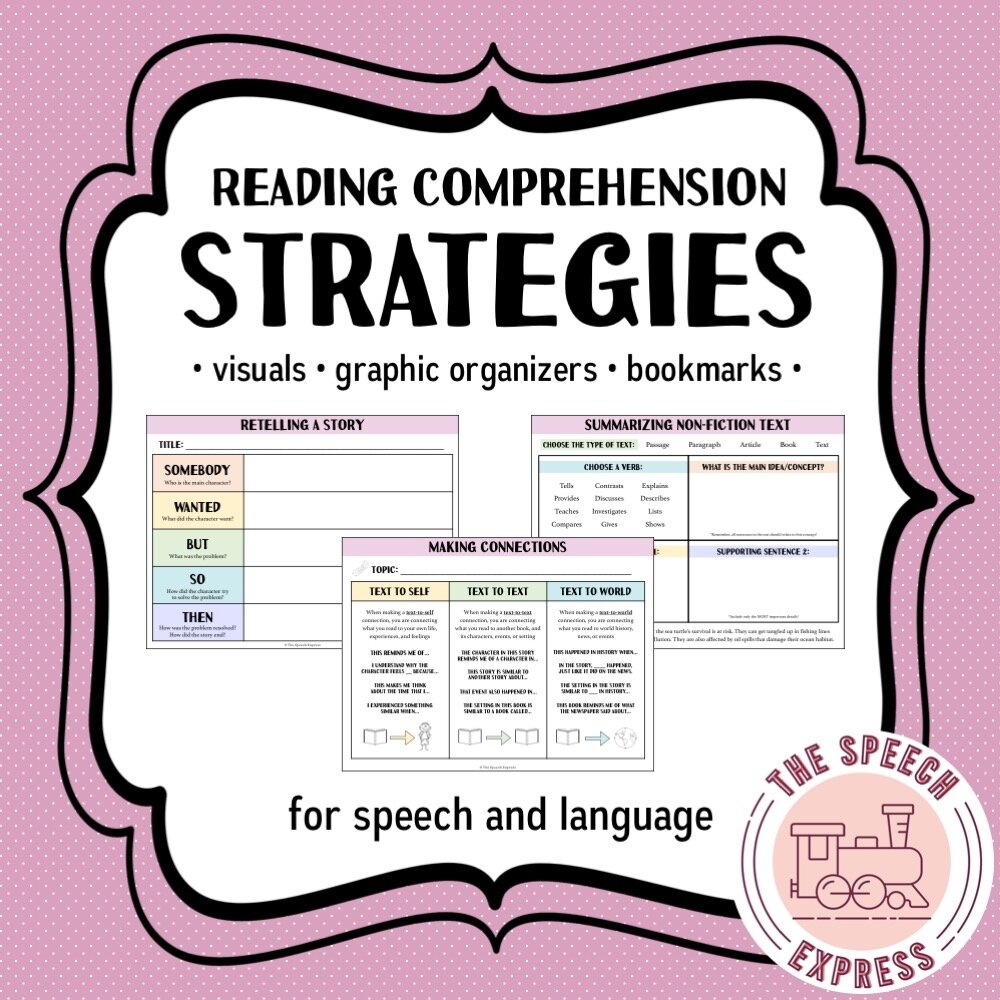Reading is a fundamental skill that is essential for learning and understanding various subjects. However, simply reading the words on a page is not always enough to truly comprehend the material. This is where reading strategies come into play, helping readers to engage with the text and extract meaning from it.
Effective reading strategies can make a significant difference in how well you understand and retain information. By using specific techniques and approaches, you can enhance your comprehension and make the most out of your reading experience.
Reading Strategies for Comprehension
One important strategy for improving comprehension is to actively engage with the text. This involves asking questions, making connections, and visualizing the content as you read. By actively interacting with the material, you can better understand the main ideas and key points being presented.
Another useful strategy is to preview the text before diving in. Skim through the headings, subheadings, and any other organizational features to get an overview of the content. This can help you to focus on the main ideas and structure of the material, making it easier to follow along and grasp the information.
Additionally, taking notes while reading can aid in comprehension by summarizing key points and ideas. By jotting down important information or concepts, you can reinforce your understanding and retain the material more effectively. This also allows you to review and revisit the content later on if needed.
Using visualization techniques can also enhance comprehension. Try to create mental images or diagrams of the information as you read, making connections between concepts and visualizing how they relate to each other. This can help to solidify your understanding and make the material more memorable.
Lastly, practicing active reading habits, such as highlighting or underlining key passages, can aid in comprehension by drawing attention to important information. By actively engaging with the text in this way, you can improve your focus and retention of the material.
In conclusion, employing effective reading strategies is essential for enhancing comprehension and getting the most out of your reading experience. By actively engaging with the text, previewing the material, taking notes, visualizing the content, and practicing active reading habits, you can improve your understanding and retention of information. So, next time you pick up a book or article, remember to apply these strategies to make the most of your reading experience.
